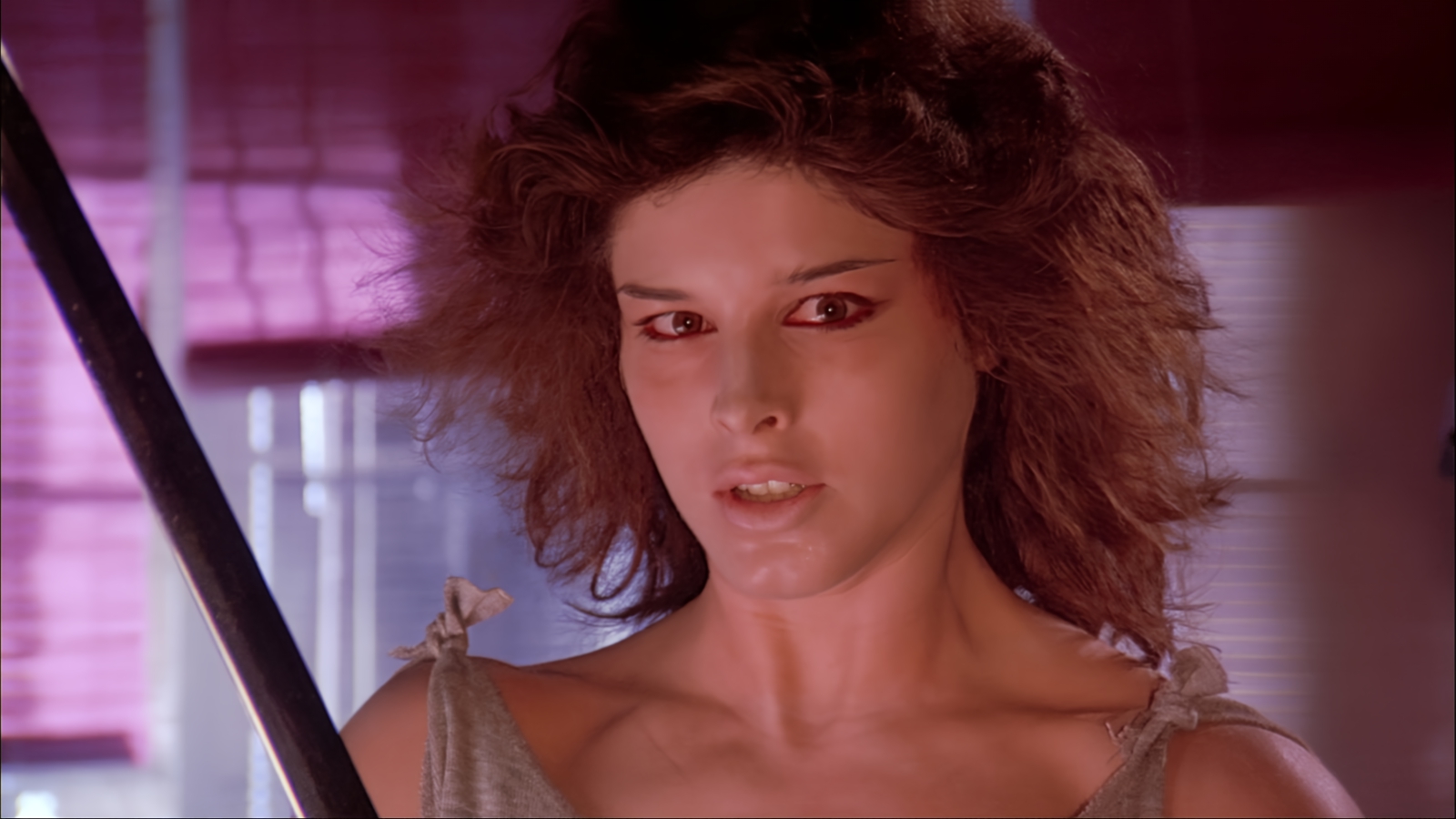The Beginning
The 1980s were a golden era for ninja movies, and it all started with the 1981 film “Enter the Ninja” from Cannon Films. Directed by Menahem Golan, this film brought the mysterious and deadly world of ninjas into mainstream pop culture. It starred Franco Nero as the hero, but it was Sho Kosugi, playing the villain, who stole the show. His performance sparked a surge of interest in ninja films and solidified his status as a martial arts icon.
Only a Ninja can stop a Ninja.
Cho Osaki (Sho Kosugi), Revenge of the Ninja (1983)
Cannon’s Ninja Trilogy
Following the success of “Enter the Ninja,” Cannon Films quickly capitalized on the ninja craze with two more films, creating what is now known as the “Ninja Trilogy.” The second installment, “Revenge of the Ninja” (1983), saw Sho Kosugi in the lead role, and it remains one of the most popular ninja films of the era. The trilogy concluded with “Ninja III: The Domination” (1984), blending ninja action with supernatural elements, further cementing the genre’s appeal.
Notable Films and Popularity
The 1980s saw an explosion of ninja-themed movies, each bringing its own flavor to the genre. Notable films include “American Ninja” (1985), starring Michael Dudikoff, and “Pray for Death” (1985), another Sho Kosugi classic. These films were known for their high-octane action, mysterious ninja lore, and the ever-present theme of revenge.
Why They Became Popular
Several factors contributed to the popularity of ninja films in the 1980s. The mystique of ninjas, with their stealthy moves and deadly skills, captivated audiences. The choreography of fight scenes, often featuring impressive martial arts techniques, added an exhilarating edge. Additionally, the rise of home video allowed these films to reach a wider audience, further fueling the ninja craze.
Elements of 1980s Ninja Films
Typical elements of 1980s ninja movies included:
- Exotic Weapons: Shurikens, katanas, and nunchaku were staples.
- Stealth and Espionage: Ninjas were portrayed as masters of stealth, often carrying out covert missions.
- Revenge Plots: Many films centered around personal vendettas and the quest for justice.
- Training Montages: No ninja film was complete without a montage of rigorous training sequences.
- Supernatural Elements: Some films, like “Ninja III: The Domination,” included mystical and supernatural aspects.
Conclusion
The 1980s ninja movie craze left an indelible mark on pop culture, introducing audiences to the enigmatic world of ninjas. Films like “Enter the Ninja” and Sho Kosugi’s iconic performances paved the way for countless ninja stories, inspiring a generation and solidifying ninjas as a staple of action cinema. The legacy of these films continues to influence modern media, proving that the allure of the ninja is timeless.


